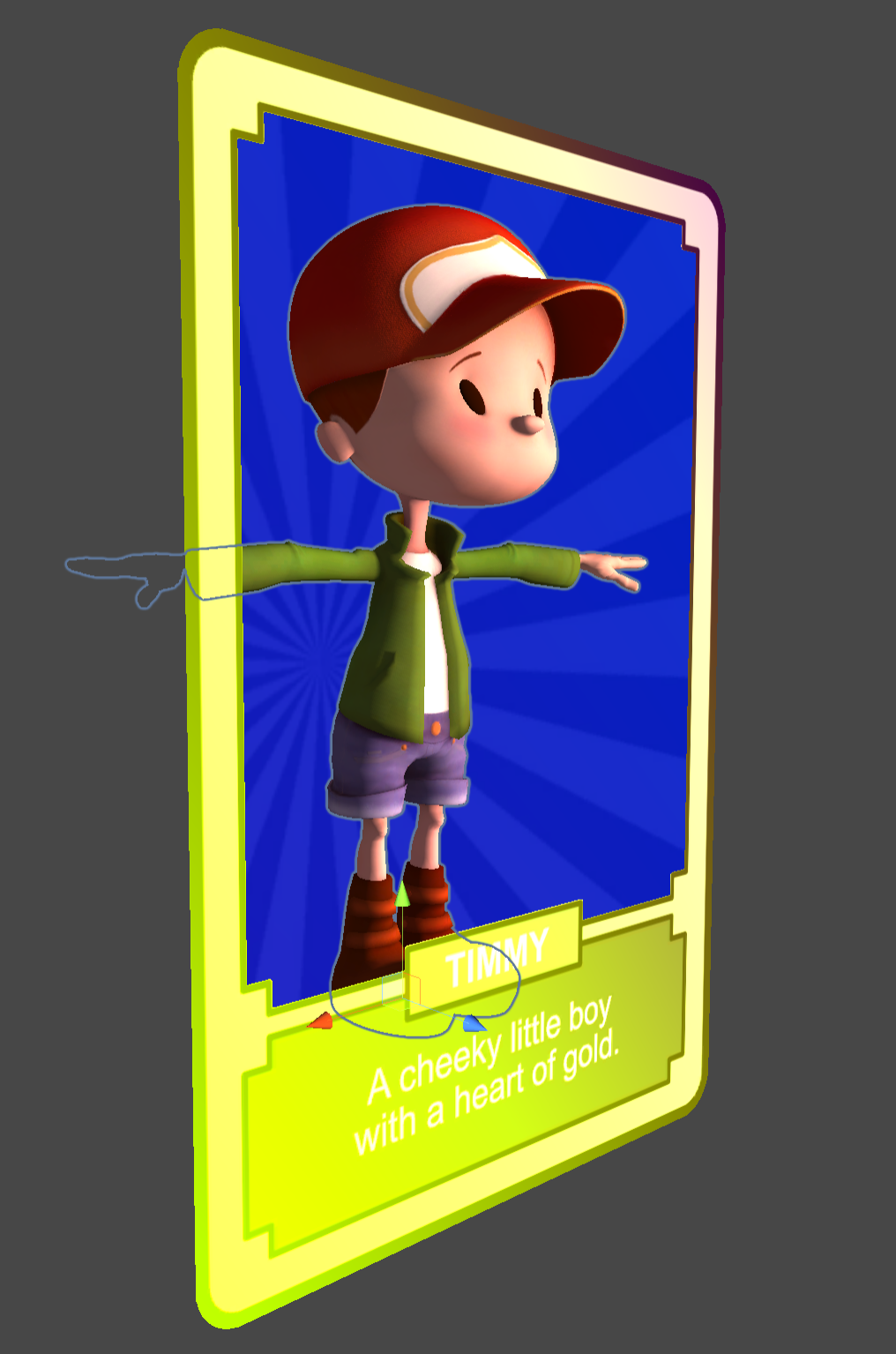Tag: Unity
-

Building a holographic card with the MRTK Standard Shader
How to use the Mixed Reality Toolkit (MRTK) Standard Shader to create a holographic card with a stencil portal and iridescence.
-
Blowing bubbles with Shader Graph
I ran into a two weekly Techart challenge by Harry Alisavakis with the theme Watercolors. I decided to participate and use Shader Graph in Unity for doing some soap bubble rendering. Reflections & Iridescence The most visible features of a soap bubble are its reflections and its rainbow like colours. You can see reflections from…
-

Augmented Reality avatar on a web page
Augmented reality on the web is happening and it’s becoming easier to create! Below you will find a small test of an avatar model I created online and included in this post. The avatar can be viewed in your environment on ARCore and ARKit enabled devices. ReadyPlayer.me avatar I used ReadyPlayer.me to create a 3D…
-
ARCore supported devices; a detailed list of phones & tablets
When you want to use an Augmented Reality app that depends on Google’s ARCore (AKA “Google Play Services for AR”) you will need to know which devices support it. There’s the official list of ARCore supported devices, but that only shows brief names of the supported devices. If you need more details you will have…
-

HoloLens scanning effect in Unity
In a previous blog post I talked about my attempt to rebuild the HoloLens scanning effect as shown in this video. After following the HoloLens Academy tutorials I decided to see how easy my existing shader could be integrated in Unity. It turned out that only a minimal amount of plumbing was needed. I took the project files from the HoloLens…